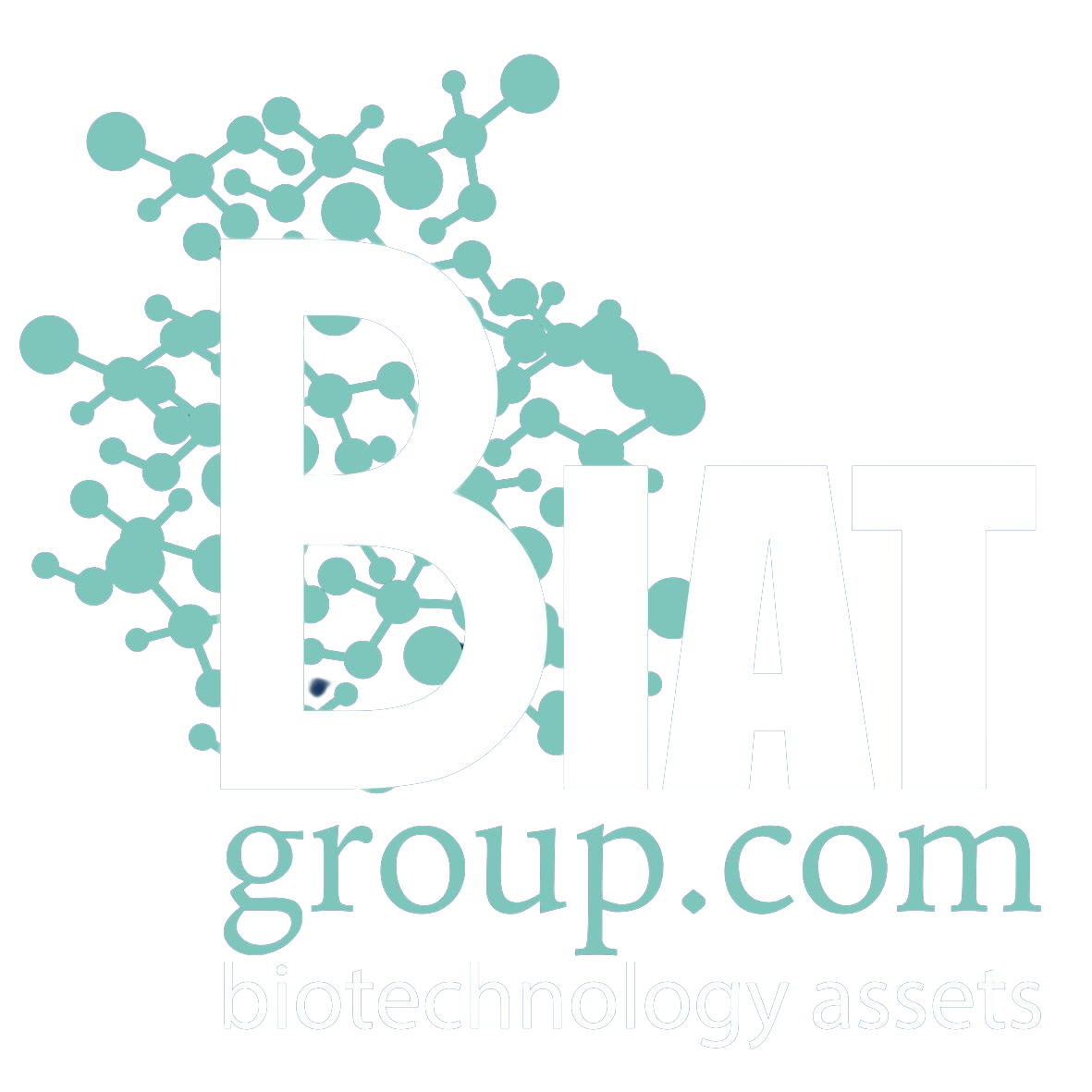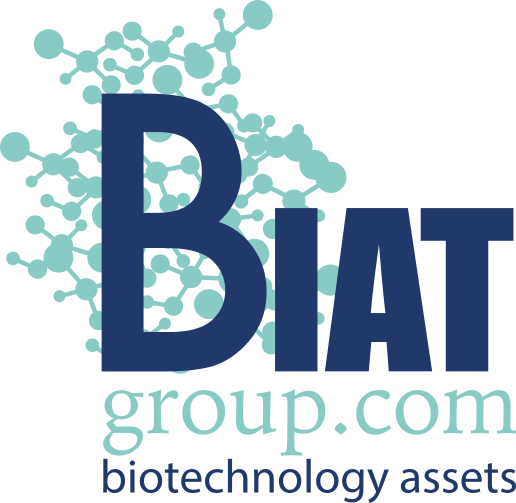Are you tired of lengthy and costly drug development processes? Look no further! The Dose Range Finding (DRF) assay and the zebrafish model are here to transform preclinical research and accelerate drug development while maintaining utmost safety.
In the early stages of drug development, assessing safety and efficacy is crucial before human trials can begin. The DRF assay plays a pivotal role in this process by analyzing the tolerable levels of a compound. By determining the dose at which a compound produces systemic toxic effects, the DRF assay provides valuable insights into its efficacy concentrations, specific side effects, and environmental impact.
But what makes the zebrafish model so remarkable in this context? These tiny aquatic creatures possess unique characteristics that make them an ideal alternative for toxicity screening. Their genetic structure closely resembles that of humans, enabling organs to replicate human organs. This similarity unlocks a world of possibilities for studying drug effects and predicting human responses.
Transparency, external fertilization, high fertility, and ease of husbandry are additional advantages offered by zebrafish. Their small size and cost-effectiveness make large-scale testing feasible without breaking the bank. Furthermore, ethical concerns are minimized when working with zebrafish embryos, allowing researchers to focus on groundbreaking discoveries.

By incorporating zebrafish into the DRF assay, researchers can define the concentration range that yields the most accurate results for subsequent toxicity and efficacy tests. This efficient pre-stage screening helps streamline the drug development process, saving valuable time and resources. With defined effective concentrations, researchers can proceed with confidence, knowing they are on the right track to uncovering the true potential of their compounds.
Implementing the DRF assay using zebrafish is straightforward. Following the guidelines set by the Organisation for Economic Co-operation and Development (OECD), researchers carefully dilute the test compound in water and monitor the fish over a specific time frame. Parameters such as temperature, light exposure, and oxygen concentration are closely controlled to ensure consistency and reliable data. Any changes observed in zebrafish embryos, including mortality, provide vital information about the compound’s effects.
Together, the DRF assay and zebrafish model hold the key to faster, safer drug development. By leveraging zebrafish’s remarkable characteristics and their genetic resemblance to humans, researchers can accelerate the entire drug development process, from conception to approval. No longer will you have to wait 10-12 years to bring a drug to market. With zebrafish, you can expedite research, mitigate risks, and ensure the safety of drugs.
Don’t let lengthy timelines and exorbitant costs hinder your drug development dreams. Embrace the power of the DRF assay and zebrafish model today, and unlock the potential of faster, safer, and more cost-effective drug development. Speed up your research, make informed decisions, and pave the way for groundbreaking medical breakthroughs. The future of drug development starts now!




No Comments